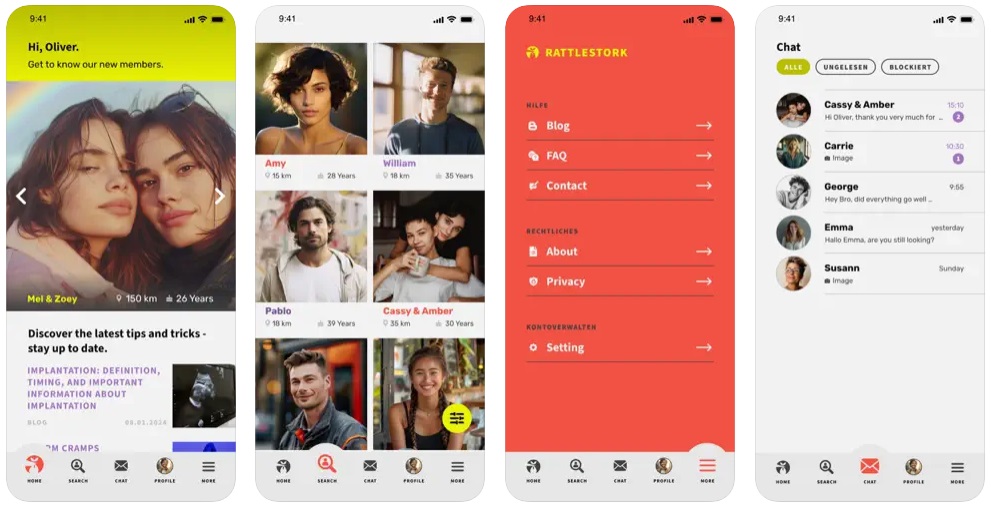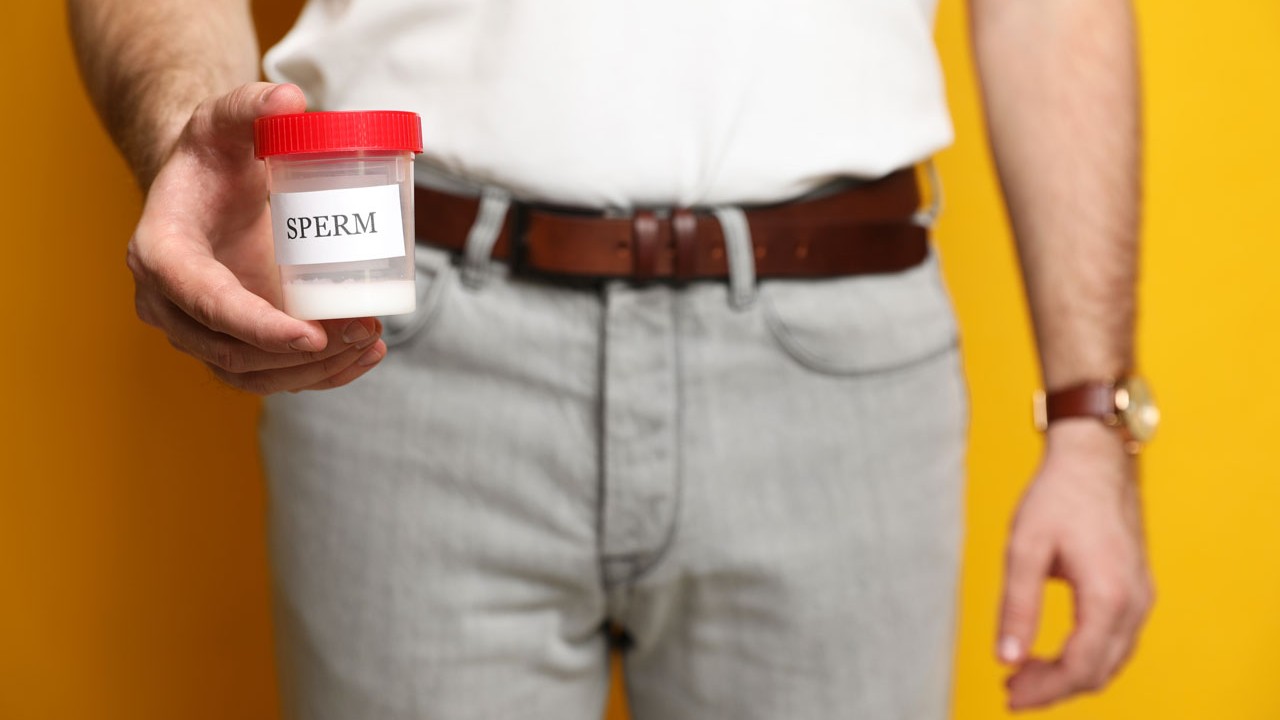In India, sperm donation is lawful but tightly governed by the Assisted Reproductive Technology (Regulation) Act, 2021 and the ART Rules, 2022. This guide explains what’s permitted, what’s prohibited, how bank/clinic pathways differ from informal arrangements, who can access donor sperm, what information is kept confidential, and the medical/legal risks to plan for. We also flag where India’s rules differ sharply from other countries.
Core legal framework (India)
- Registered providers only: Screening of donors, collection and storage of semen, and provision of donors must be done by a registered ART bank; treatment is delivered by a registered ART clinic (ART Act, s.27(1)).
- Donor eligibility (age): Banks may obtain semen only from males aged 21–55 years (s.27(2)(a)).
- Single-recipient rule: A bank must not supply sperm from a single donor to more than one commissioning couple/woman (s.27(3)).
- Child’s legal status: A child born through ART is deemed the biological child of the commissioning couple/woman; the donor relinquishes all parental rights (s.31).
- Confidentiality of donor identity: Banks must record verified ID (incl. Aadhaar) and undertake confidentiality; identities are not disclosed to recipients or offspring under the Act (s.27(6)).
- Storage limits: Donor gametes/embryos may be stored for up to 10 years with prescribed safeguards (s.28(2)).
- No sale/trade: Sale, purchase or transfer of gametes/embryos is prohibited; violations attract fines and imprisonment (s.29, s.33).
- Sex selection ban: Any form of sex selection is prohibited; related acts are offences (s.26).
Clinic/bank pathway vs private arrangements
Registered ART bank + clinic
- Parentage certainty: Donor is not a legal parent; the commissioning couple/woman are the legal parents (s.31).
- Mandatory screening: Donor testing includes HIV-1/2, HBV, HCV, syphilis (VDRL) and chlamydia; semen culture before preservation; segregated quarantine/storage and full records (ART Rules, cls.19 & 26–28).
- Registry reporting: Clinics/banks must report procedures and outcomes to the National ART & Surrogacy Registry (National Registry; Rules, cl.21 & 23).
- Single-recipient allocation: The same donor’s sperm cannot be supplied to multiple recipients (s.27(3)).
Private/home insemination
- Outside the statutory framework: No registered bank/clinic, no registry entry, no mandated screening/quarantine, and no automatic clarity on parentage/maintenance. Legal exposure and health risks are significant.
- Intermediaries restricted: Using intermediaries to obtain or purchase donors is penalised (s.33(1)(g)).
Who can use donor sperm in India?
ART services, including treatment with donor sperm, are available to married couples and to a single woman (typically 21–50 years; male partner, where applicable, 21–55), subject to clinical suitability and registration requirements (PRS summary of Act; see also state FAQs such as Kerala DHS 2025 FAQ). Surrogacy is governed by a separate law and far narrower eligibility rules (Surrogacy (Regulation) Act, 2021).
Information rights & confidentiality
- Confidential records: Banks must maintain verified donor identity and health data and ensure confidentiality; data are reportable to the National Registry (Rules, cl.21 & 27).
- No statutory right to donor identity disclosure: The Act preserves confidentiality and does not create an offspring right to identifying donor information (s.27(6), s.31).
Medical standards & a typical clinic pathway
Registered providers follow prescribed infectious-disease testing, semen culture before cryopreservation, segregated quarantine and robust consent/documentation with monthly registry reporting (ART Rules).
- Consultation & consent (statutory consent forms for IUI/IVF and storage)
- Donor allocation via a registered ART bank with verified screening and records
- Preparation (cycle monitoring; medication as required)
- Treatment (IUI or IVF/ICSI per clinical indication)
- Follow-up (pregnancy testing; outcomes reported to the National Registry)
Money, storage & penalties
- No commercial trade: Buying or selling gametes/embryos is prohibited; violations may lead to substantial fines and imprisonment (s.29, s.33).
- Storage planning: Donor gametes can be stored for up to 10 years under Act safeguards (s.28(2)).
- Provider duties: Monthly reporting and grievance mechanisms are mandatory (Rules, cl.20–23).
Common Indian pitfalls – what to watch
- Informal/home insemination: Outside the registered pathway, there’s no statutory clarity on parentage or maintenance and no mandated screening/chain-of-custody. This creates legal and health risks.
- Assuming multi-family use is allowed: India’s single-recipient rule sharply limits one donor’s sperm to one commissioning party—plan early with your bank (s.27(3)).
- Misunderstanding anonymity: Donor identities are kept confidential under the Act; there’s no right for offspring to know the donor’s identity.
- Consent/records gaps: Use only registered clinics/banks; incorrect paperwork can jeopardise treatment, storage or later documentation (National Registry).
Plan with RattleStork (India-aware)
RattleStork can help you understand India’s rules, prepare checklists and connect you with registered ART clinics/banks. In India, donor sourcing must go through registered ART banks—intermediary “matching” is restricted by law. Use RattleStork to:
- Map your eligibility and paperwork under the ART Act/Rules
- Find registered clinics/banks and coordinate documentation and consent
- Track storage timelines (10-year cap) and maintain a secure document trail

Conclusion
India’s framework is clear but strict: use registered ART banks and clinics, expect confidential donor records, a single-recipient rule per donor, and no commercial trading of gametes. Staying inside the statutory pathway secures parentage, safety and documentation. If you need flexibility in planning, pair a compliant provider with practical tools like RattleStork—and keep every consent and report aligned with the ART Act and Rules.

